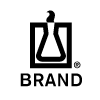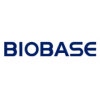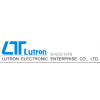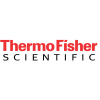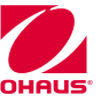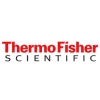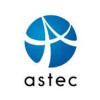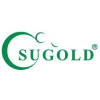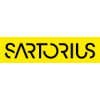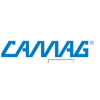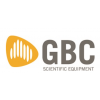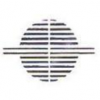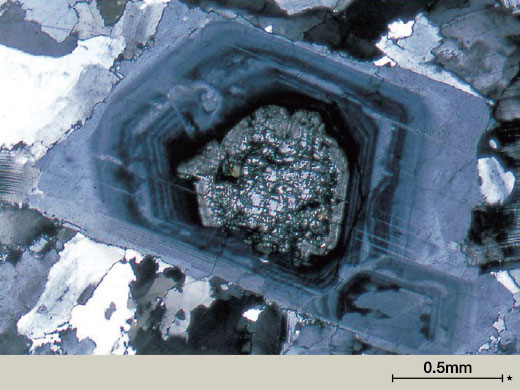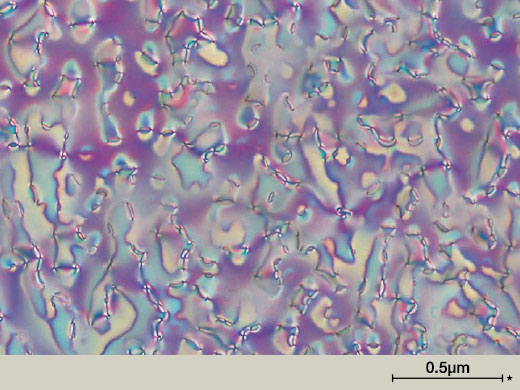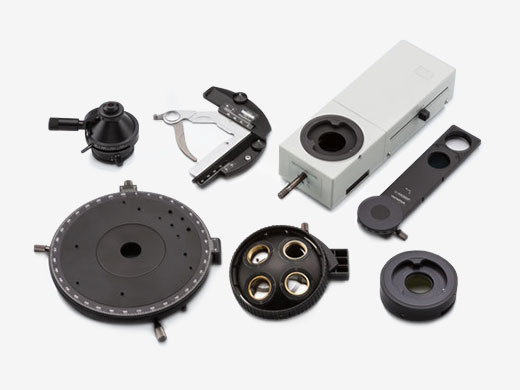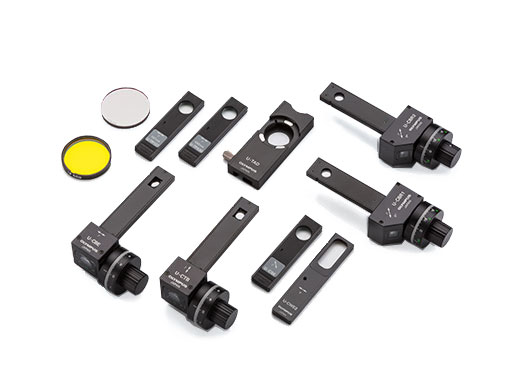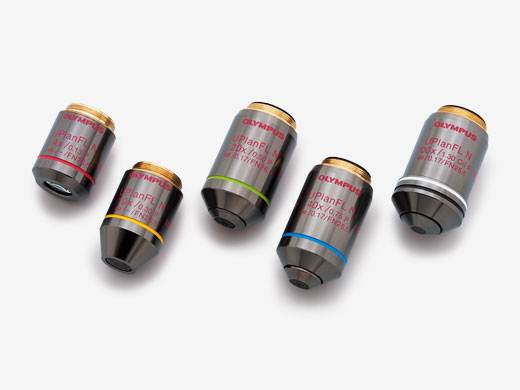Mechanical stage for bx53 Evident (Formerly Olympus) Microscope
UIS2 Optics Provide Outstanding ExpandabilityMaximizing the advantages of infinity correction, the UIS2 optical system helps prevent the deterioration of optical microscope performance and eliminates magnification factors, even when polarizing elements, like analyzers, tint plates, or compensators, are introduced into the light path. The BX53-P microscope also accepts intermediate attachments available for BX3 series microscopes, as well as cameras and imaging systems. |
|
Zonal structure of Plagioclase in quartz diorite. *Scales Indicate actual size of samples |
Optical texture of MBBA *Scales Indicate actual size of samples |
|
|
Bertrand Lens for Conoscopic and Orthoscopic ObservationsWith a conoscopic observation attachment, switching between orthoscopic and conoscopic observation is simple. It is focusable for viewing of clear back focal plane interference patterns. The Bertrand lens is focusable for clear viewing back focal plane interference patterns. The field stop makes it possible to consistently obtain sharp conoscopic images. |
|---|
An Extensive Range of Compensators and Wave PlatesSix different compensators are available for measurements of birefringence in rock and mineral thin sections. Measurement retardation level ranges from 0 to 20λ. For easier measurement and high image contrast, Berek and Senarmont |
|
|
MEASURING RANGE OF COMPENSATORS
For more accurate measurement, we recommend that compensators (except U-CWE2) be used together with the interference fi lter 45-IF546 |
|---|
|
|
Minimal Strain OpticsOur polarized light objectives reduce internal strain to a minimum. This means a higher EF value, resulting in excellent image contrast.
|
|---|
| Observation Method | Brightfield | ✓ | |
|---|---|---|---|
| Polarized Light | ✓ | ||
| Simple Polarized Light | ✓ | ||
| Focus | Focusing Mechanism | Stage Focus | ✓ |
| Stage | Mechanical | Precision Rotatable Stage |
|
| Condenser | Manual | Polarizing Condenser | NA 0.9/ W.D. 1.3 mm (slide glass 1.5 mm) (4X–100X) |
| Observation Tubes | Widefield (FN 22) | Trinocular | ✓ |
| Tilting Trinocular | ✓ | ||
| Dimensions (W × D × H) | 274 (W) x 436 (D) x 535 (H) mm | ||
| Weight | 16 kg |





